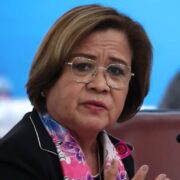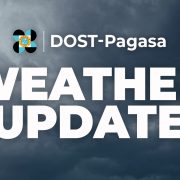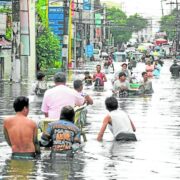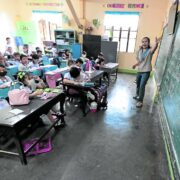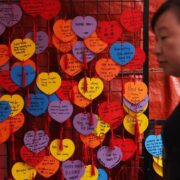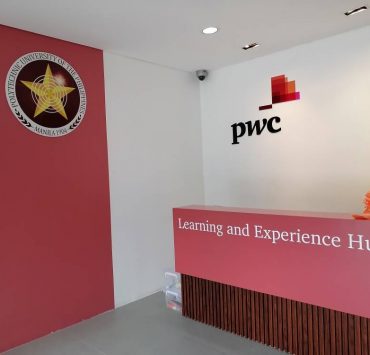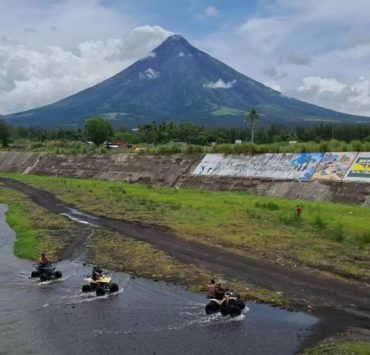AAP Motorsport Development Program: The driving school that’s always cool

When Republic Act 10930 was signed into law by former President Rodrigo Duterte in August 2017, the government imposed stricter rules on getting a driver’s license.
This was augmented by Land Transportation Office (LTO) Memorandum Circular 2019-2176 that required at least 15 hours of theoretical training for new student-permit applicants, at least 15 hours of theoretical training, and 8 hours of practical training for new license applicants, and at least 8 hours of theoretical training for those renewing their licenses.
In other words, everyone (who doesn’t use a fixer) has to go through a standardized driver-training program, whether from the LTO or private driving schools. And the comprehensive curriculum covers everything from understanding road signs to preventing road rage.
But for those who want to take their driving to a much higher level, the Automobile Association of the Philippines Motorsport Development Program (MSDP), despite its name, can actually make you a safer and more efficient driver on the road.
We followed the MSDP’s first Luzon session this year, which was held at the Southwoods Bus Terminal in Binan, Laguna.
Putting theory into practice
Since 2015, the MSDP has been managed by lead instructor Vip Isada, who still holds an undefeated 10 national rally championship titles under his belt.
Joining him are some of the country’s biggest motorsport names – Art Guevara, Robbie Hermoso, Milo Rivera and Vip’s son Ivan Isada. They represent over a century of combined experience in motorsports and performance driving.
In between coaching the University of the Philippines men’s volleyball team (which he was a part of many decades ago), Coach Vip still takes time to teach new drivers all over the country through MSDP.
“It’s just like going to school,” he told Inquirer Mobility in an exclusive interview.
“You go to school, there’s a formal way of how to learn Math, English, everything,” Isada added. “If you learn from the outside only and only follow the common knowledge, then the learning will be fast, but not effective. With the MSDP, what we aim is to strengthen the teaching so that the learning can become faster while being effective.”
That’s why the 18 students that joined the MSDP session in Laguna had to sit through three lectures with accompanying drills – acceleration and braking, negotiating a chicane and making a tight turn.
Safety first
Despite the stereotype that racing is dangerous, Coach Vip’s philosophy is centered on safety.
“If we start discussing about safety, then discipline will come in,” he said. “If discipline will come in, then there will be a lot of changes already. We cannot just say to the drivers to study this one and improve your road safety or improve your driving.”
Batangas native A.J. Andal, 24, has been competing over the last eight years in drag racing, autocross and circuit events. Nonetheless, he joined the MSDP to reinforce his fundamentals.
“Sometimes, when we really don’t know what to do in competitions anymore, we will really go back to basics,” he said. “We must refine our basics before learning advanced techniques.”
At 16 years old, Ramon Ventus is one of the youngest MSDP participants that day. But he and his family’s enthusiasm for motorsports pushed him to join.
“I’ve learned new things that I haven’t learned from anywhere else, including the Internet,” he told Inquirer Mobility, with permission from his mother.
“Before, I used a simulator to drive on Gran Turismo and when I enter a corner, I feel like I could be faster and I don’t know how to make it faster,” Ventus added. “But today’s session explains how.”
A life-saving life skill
Coach Vip noted that the MSDP curriculum has remained largely the same for 2024, save for the addition of special modules for drivers who don’t want a professional racing career.
“Driving is already a life skill,” he said. “You cannot take it away anymore because everybody is forced to learn. And how do they learn? They learn from the regular driving school, who also learned from another driver, or from an old driver or from a previous driver who also didn’t have any formal training.”
“The skills apply in motorsports and in daily life,” Isada added. “An example is how you conserve fuel. To be successful, you have to learn how to use your momentum and you’ll be able to maximize your fuel consumption.”
With the MSDP, Coach Vip hopes to incorporate the theories and science behind how cars work to help save drivers on the road.
“That’s the main problem – it’s actually the safety,” he said. “More vehicles, more drivers, more road crashes. Pwede naman siguro mangyari [what could perhaps happen]: more vehicles, more drivers, more education, fewer crashes.”





